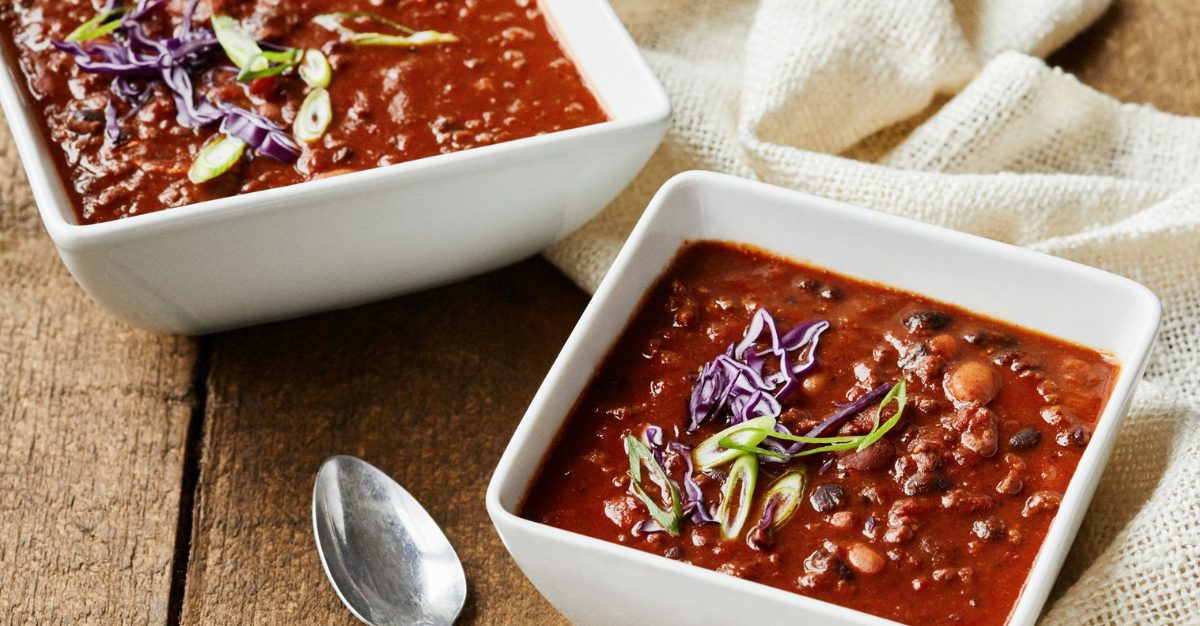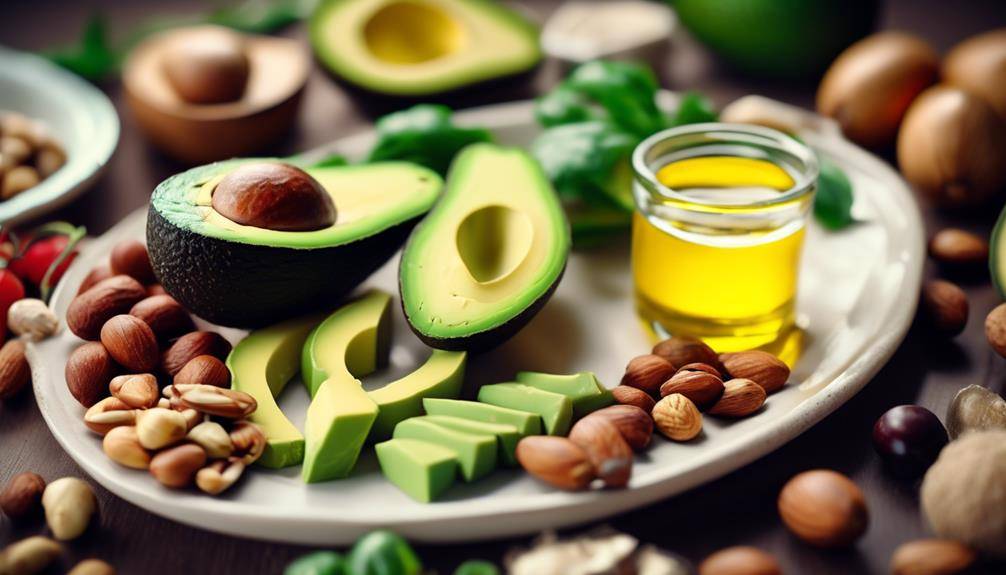The Best Chili Con Carne

The Best Chili Con Carne: A Flavorful Journey Through Time
Chili Con Carne, a hearty and spicy stew, boasts a rich history that reflects the diverse culinary influences that have shaped its development. This iconic dish has become a beloved staple, cherished for its robust flavors and versatility. Let’s delve into the origins of chili con carne and trace its evolution through the annals of culinary history.
Chili Con Carne: Origins in Mexican Roots
Chili con carne, with its roots deeply embedded in Mexican culinary traditions, carries a vibrant history that echoes the flavors and techniques of this rich cultural tapestry. The dish’s evolution from its early Mexican iterations to the beloved chili con carne we know today showcases a captivating culinary journey.
Early Mexican Culinary Heritage
In the heart of Mexican cuisine, an ancestral dish called “chili sin carne” laid the groundwork for what would eventually become chili con carne. This original version was a meatless concoction featuring a robust blend of indigenous chili peppers, garlic, onions, and various spices. The use of chili peppers, a staple in Mexican cooking, imparted a bold and distinctive flavor profile.
The Spice of Life
Chili peppers, with their diverse range of varieties and heat levels, were not only revered for their flavors but also for their medicinal properties in traditional Mexican culture. Incorporating them into dishes like chili sin carne added depth and complexity, reflecting the ancient wisdom of Mexican culinary practices.
Melding of Culinary Influences
As chili sin carne traveled across regions and communities, it encountered an array of culinary influences, including those from indigenous peoples and European settlers. The amalgamation of ingredients and cooking techniques led to a harmonious fusion, giving birth to the early iterations of chili con carne.
Transformation on American Soil
The dish made its way to the United States, where it underwent a transformative adaptation, particularly in the Texan and southwestern regions. Mexican immigrants and settlers introduced their cherished culinary traditions, and the addition of meat, particularly beef, became a defining feature. This marriage of Mexican flavors with American ingredients marked the emergence of chili con carne – chili with meat.
Cultural Exchange and Adaptation
Chili con carne’s journey exemplifies the dynamic nature of food as a cultural exchange. The dish absorbed elements from various culinary traditions, evolving into a symbol of cross-cultural adaptation and shared heritage.
In conclusion, the origins of chili con carne in Mexican roots highlight the intricate interplay of flavors, ingredients, and cultural influences. This early Mexican dish, with its vibrant and aromatic profile, laid the foundation for a culinary phenomenon that would transcend borders and become a cherished part of global gastronomy.
The American Frontier
The dish found its way into the United States during the 19th century, where it underwent a transformation. Mexican immigrants and pioneers adapted the recipe to include meat, particularly beef, which was abundant on the American frontier. The addition of meat gave birth to the now-familiar name, “chili con carne” – chili with meat.
Rise to Popularity
Chili con carne gained popularity in the early 20th century, becoming a favorite in chili parlors and cook-offs. Its reputation as a hearty, flavorful, and budget-friendly dish grew, making it a staple during the Great Depression.
Culinary Variations
Over the years, different regions and cooks have added their unique twists to chili con carne. From Texas-style chili with chunks of beef to bean-laden versions, the dish has evolved to accommodate various tastes and preferences.
Cultural Significance
Chili con carne has not only filled stomachs but also played a role in cultural events and competitions. Chili cook-offs became widespread, turning this humble dish into a competitive and celebrated culinary phenomenon.
Modern-Day Delight
Today, chili con carne remains a beloved comfort food enjoyed worldwide. Whether served over rice, atop hot dogs, or as a filling for tacos, its versatility continues to make it a kitchen favorite.

Chili Con Carne
Ingredients
- 1 lb ground beef
- 1 large onion finely chopped
- 3 cloves garlic minced
- 1 red bell pepper diced
- 1 can 14 oz diced tomatoes
- 1 can 15 oz kidney beans, drained and rinsed
- 1 can 6 oz tomato paste
- 2 cups beef broth
- 2 tbsp chili powder
- 1 tsp ground cumin
- 1 tsp paprika
- 1/2 tsp cayenne pepper adjust to taste
- Salt and black pepper to taste
- 2 tbsp vegetable oil
- Optional Toppings:
- Shredded cheddar cheese
- Sour cream
- Chopped green onions
- Fresh cilantro leaves
Instructions
- Brown the Beef:
- In a large pot, heat vegetable oil over medium heat. Add the ground beef and cook until browned, breaking it apart with a spoon as it cooks.
- Saute Aromatics:
- Add chopped onions, minced garlic, and diced red bell pepper to the browned beef. Cook until the vegetables are softened.
- Spice it Up:
- Stir in chili powder, ground cumin, paprika, and cayenne pepper. Cook for a couple of minutes to let the spices release their flavors.
- Tomato Goodness:
- Add diced tomatoes and tomato paste to the pot. Stir well to combine.
- Beans and Broth:
- Incorporate the drained kidney beans and pour in the beef broth. Season with salt and black pepper. Bring the mixture to a simmer.
- Simmer Away:
- Reduce the heat to low, cover the pot, and let it simmer for at least 30 minutes. The longer it simmers, the more the flavors meld together.
- Adjust the Seasoning:
- Taste and adjust the seasoning if needed. If you like it spicier, add more cayenne pepper.
- Serve and Enjoy:
- Ladle the chili into bowls and garnish with shredded cheddar cheese, a dollop of sour cream, chopped green onions, and fresh cilantro leaves.
- Pairing Suggestions:
- Serve the chili con carne over rice, with a side of cornbread, or on its own for a hearty and satisfying meal.
Conclusion:
In tracing the roots of chili con carne back to its early Mexican origins, we unveil a captivating narrative that weaves through centuries of culinary evolution. From the humble beginnings of “chili sin carne,” a meatless concoction celebrated for its robust flavors, to the transformative journey that led to the beloved chili con carne we savor today, the dish stands as a testament to the rich tapestry of Mexican culinary heritage.
The evolution of chili con carne reflects the spirit of cultural exchange, where diverse influences converged to create a dish that transcended borders. As it journeyed across regions and communities, chili con carne absorbed the essence of indigenous Mexican cooking, the boldness of chili peppers, and the hearty addition of meats – particularly beef – in the American Southwest.
The melding of culinary traditions and the adaptation of flavors tell a story of cultural synergy. Chili con carne emerged as a symbol of shared heritage, a dish that encapsulates the vibrant history of Mexican cuisine and the dynamic fusion that occurs when different culinary worlds collide.
Today, as we savor the spicy warmth and robust flavors of chili con carne, we’re not just indulging in a dish; we’re immersing ourselves in the echoes of ancient culinary wisdom and the resilience of traditions that have stood the test of time. Chili con carne is more than a recipe; it’s a celebration of the diverse ingredients, techniques, and cultural influences that have shaped it into a global culinary icon.
In every spoonful, we taste the legacy of generations, a homage to the indigenous roots of Mexican cuisine and the creative adaptations that unfolded on American soil. Chili con carne stands as a flavorful reminder that food is a living, breathing embodiment of history, heritage, and the shared joys of communal dining.








